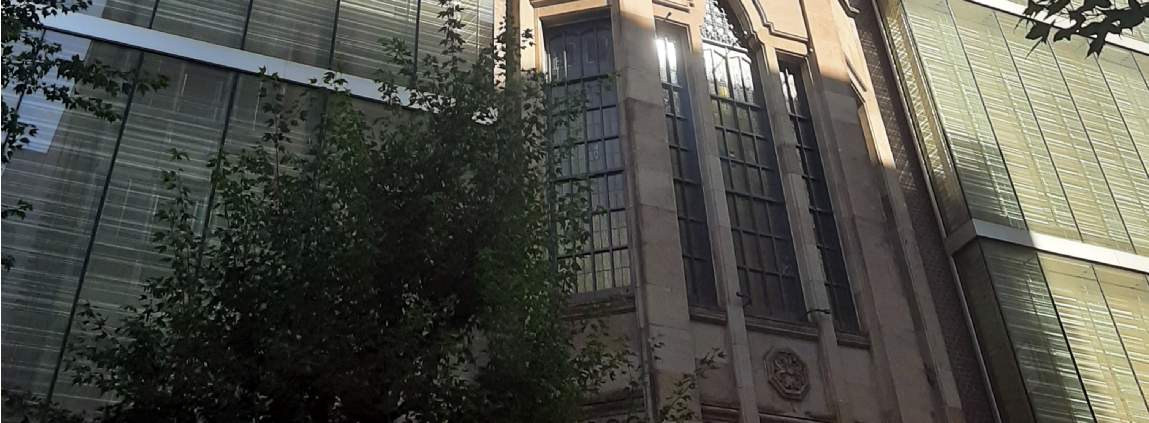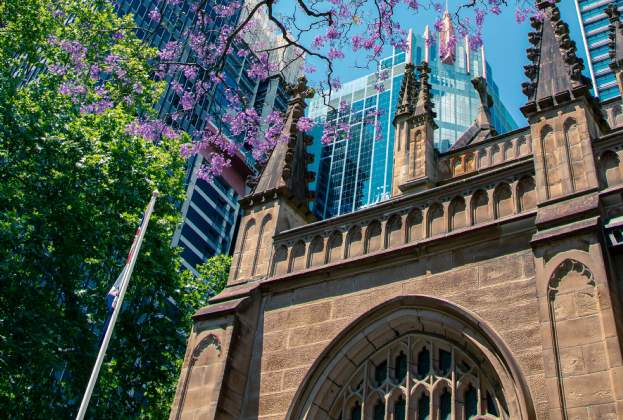INTRODUCTION
Since the onset of the pandemic, the Tokyo office market has experienced successive rental corrections as office demand weakened. The new supply in preceding years contributed to a softening of the market. Although most of the supply in recent years is considered to be Grade A offices, the loosening in the market derived from this new supply also seems to have affected the wider market, including largescale Grade B offices.
Indeed, Grade A offices have become more affordable than three years ago, which has resulted in cases of tenants moving to higher grade offices. Consequently, large-scale Grade B offices were forced to lower rents to maintain their relative affordability. In fact, since the beginning of 2020, large-scale Grade B offices have experienced around the same level of rental corrections as Grade A offices.
Nevertheless, the large-scale Grade B market has shown resilience, with vacancy rates at a moderate 4.8% in Q3/2022. Additionally, the current vacancy rate appears to be exaggerated by several properties that have significant vacancies (Graph 1). In fact, the majority of large-scale Grade B offices continue to maintain low vacancy rates.
Overall, the Tokyo Grade B office market is showing signs of recovery. Vacancy rates have started stabilising in wards such as Chiyoda and Shibuya, and the pace of rental corrections has slowed down. Although Minato’s vacancy increments in recent quarters stand out, they were primarily a product of several office buildings with large vacancies and the ill-timed completions of new offices. As market conditions are expected to recover, the performance of large-scale Grade B offices is likely to improve going forward.

.jpg)

.jpg)
.jpg)
.jpg)
.jpg)
.jpg)
.jpg)
.jpg)
.jpg)
.jpg)
.jpg)
.jpg)
.jpg)
.jpg)
.jpg)